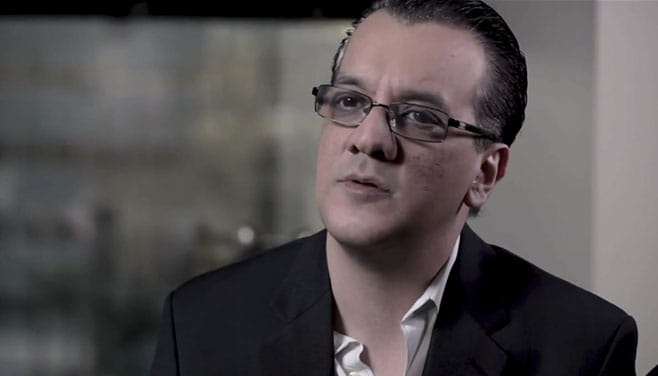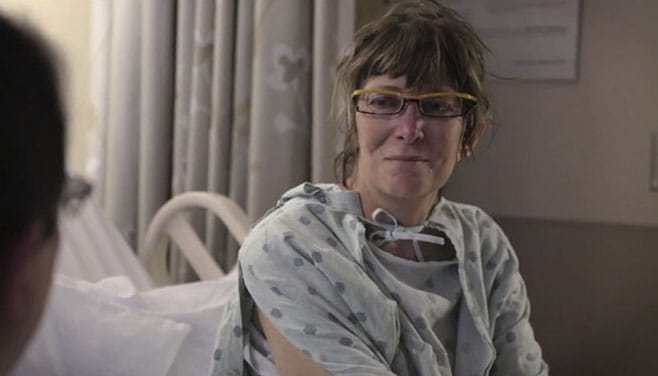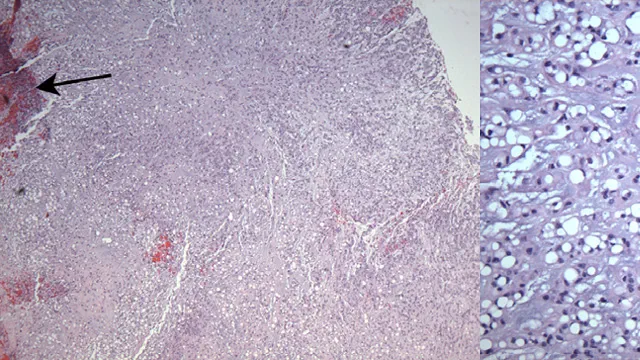Chordoma
Let Us Help You Find a Doctor
Let Us Help You Find a Doctor
U.S. PATIENTS:713.441.3800
Find a Chordoma Specialist Near You
The Houston Methodist team of chordoma specialists combines innovative research solutions and expert, compassionate care tailored to the unique challenges these tumors present.
The Neurosurgeons at Houston Methodist provide unparalleled knowledge and experience treating chordoma brain tumors. Our collaborative neurology and cancer team provides patients with advanced treatments — many of which are researched and developed at our Kenneth R. Peak Center for Brain and Pituitary Tumor Treatment and Research.
Chordoma is a rare type of cancer that occurs in the bones of the skull and spine. It is often diagnosed at a later stage and has a high recurrence after removal. To address the challenges a chordoma presents, our specialists create personalized care plans for each patient, working together to achieve the best outcomes.
Chordoma is a rare type of cancer that occurs in the bones of the skull and spine. It is often diagnosed at a later stage and has a high recurrence after removal. To address the challenges a chordoma presents, our specialists create personalized care plans for each patient, working together to achieve the best outcomes.
Diagnosis & Treatment of Chordoma
Learn More About Chordomas
Patient education and community resources for brain tumor treatment and recovery.
Brain Tumor Education >
Forward-looking Treatments for a Chordoma
Advances in targeted medical therapy and radiotherapy may make these more prominent in the future, with aggressive surgery being reserved only for the most advanced cases.
Choose a Doctor at One of Our Locations
FILTERS:
Clear All Filters



